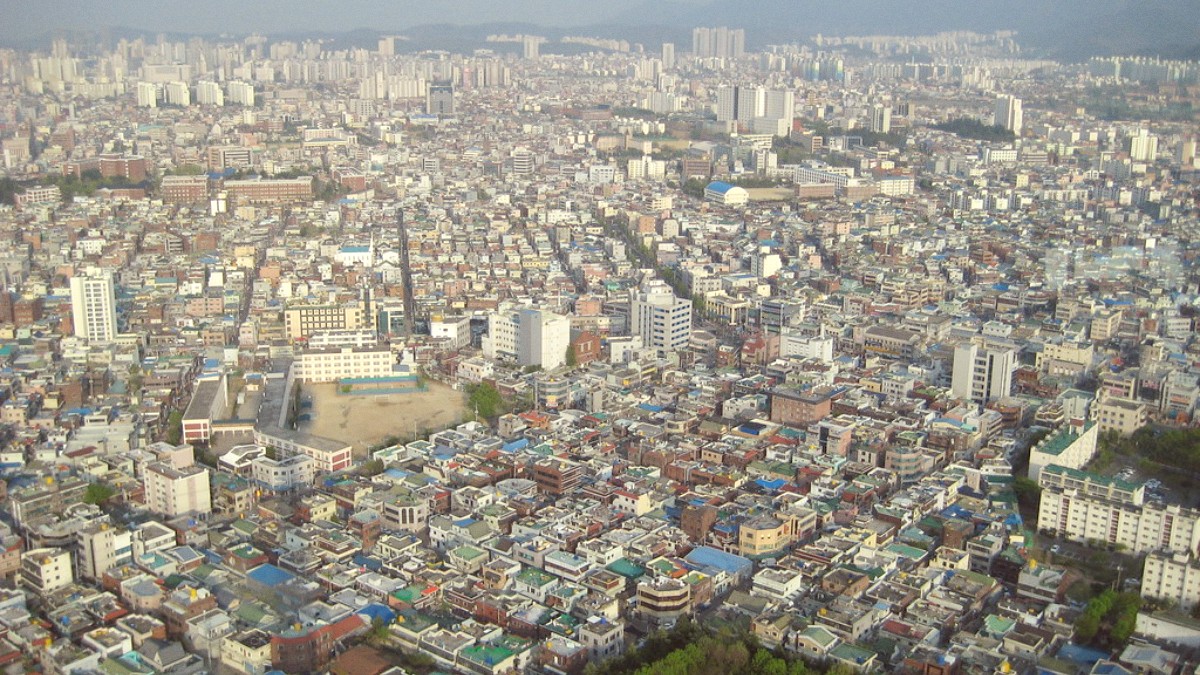
Gyeongsangbuk Do, South Korea
Spring (March-May) days are mild and pleasant. Pack light to medium layers like Long-sleeved shirts, sweaters, or cardigans. A Light jacket or trench coat works well for cooler mornings and evenings. A Scarf adds warmth. Autumn offers some of the best weather; dress similarly to spring.
Daegu's summers (June-August) are hot and humid. Prioritize lightweight, breathable fabrics. Short-sleeved shirts, shorts, and skirts suit the heat. During monsoon season, a Light rain jacket or umbrella makes for comfort. Winters (December-February) are cold. Pack a heavy Winter coat, preferably down or insulated. Thermal underwear (Base layers) add warmth.
Comfortable walking shoes are a must for exploring Daegu. Expect considerable walking in city centers and markets.
Breathable Sneakers or Comfortable sandals suit hot weather. Choose options that manage humidity well.
For winter, Waterproof boots with good grip keep feet warm and dry. For serious treks, bring dedicated Hiking shoes or boots.
Keep your travel documents organized and secure. Digital copies on your phone and in cloud storage (e.g., Google Drive, Dropbox) add a layer of security.
South Korea uses 220V and 60Hz with Type F (Schuko) and Type C (Europlug) sockets. A Power adapter or Universal travel adapter is recommended.
Bring your standard Travel camera, extra batteries, and plenty of memory cards. A Compact tripod is useful for night shots.
Use cloud services (Google Drive, Dropbox) for backing up photos and document copies.
A VPN service like NordVPN or ExpressVPN adds security on public Wi-Fi.
A Small padlock for hostel lockers adds security. Pacsafe offers anti-theft bags.
A well-stocked personal health kit saves time and discomfort. Pack a standard First aid kit with bandages, antiseptic wipes, pain relievers, and Anti-diarrhea medication. Add KF94 masks for potential air pollution.
Insect repellent is useful, especially during summer and when visiting parks or mountains. High-SPF sunscreen, Sunglasses, and a Sun hat are useful year-round.
For treks on Palgongsan or Biseulsan, pack appropriate active wear.
Bring your preferred camera equipment to capture Daegu's landscapes and city life.
If planning visits to nearby ski/snowboard resorts, consider gear options.
These items contribute to comfort, security, and overall convenience during your travels in Daegu.
Embrace sustainability during your trip with these eco-conscious choices.
Unlocked, for local SIM or eSIM.
Type C/F (220V, 60Hz).
High-capacity for devices.
For air quality concerns.
Roll clothes tightly to save space and minimize wrinkles. Use packing cubes for better organization and compression.
Place heavier items at the bottom of your luggage. Distribute weight evenly across multiple bags if traveling with more than one. Pack a small daypack for daily excursions.